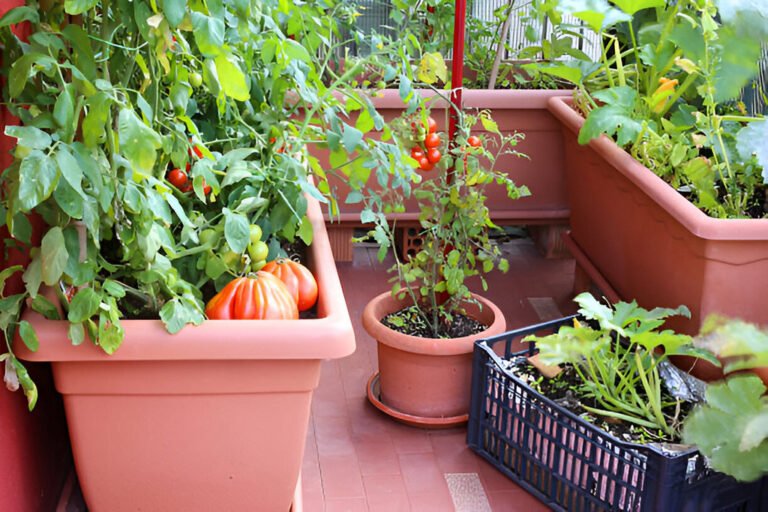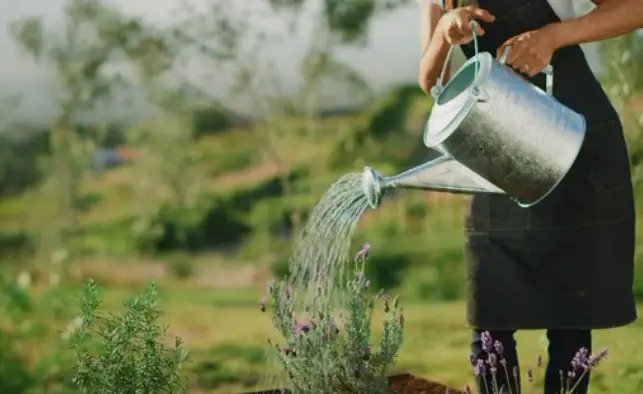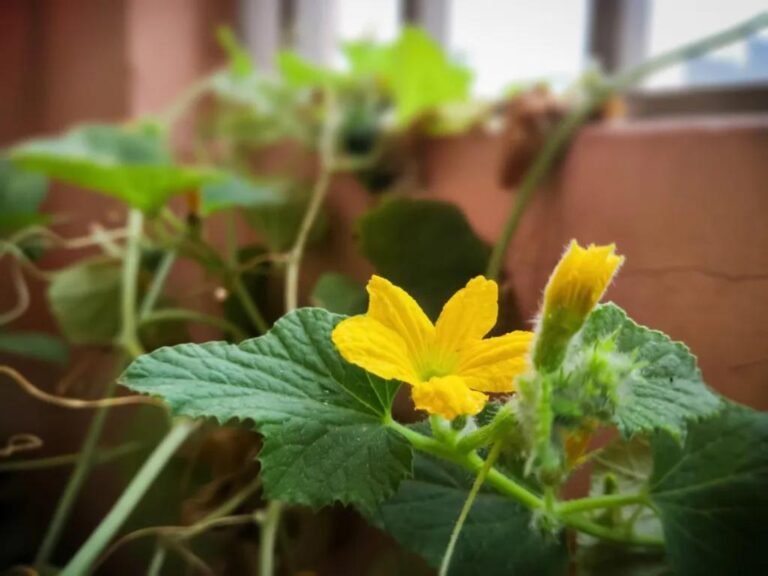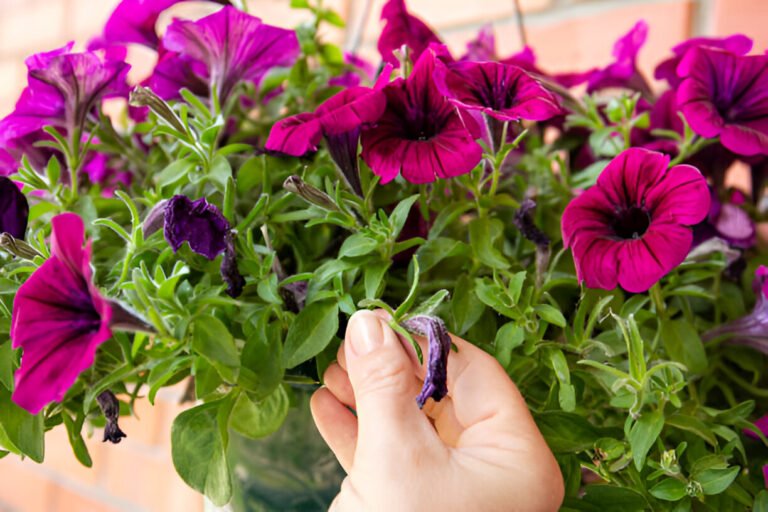Pond Pump vs Waterfall Pump: Understanding the Key Differences
There’s something magical about the soothing sound of running water, whether it’s a gentle pond bubbling along or a majestic waterfall cascading over rocks. But when it comes to keeping those waters flowing smoothly, the right pump makes all the difference. Choosing between a pond pump and a waterfall pump isn’t just a matter of preference – it’s a decision that can shape the entire vibe of your water feature.
I’ve learned the hard way that one size doesn’t fit all in the world of pumps. So, let me walk you through everything I know about pond pumps and waterfall pumps, and help you find the perfect match for your backyard oasis.
Why Pumps Matter: Keeping the Water Alive
Think of your pump as the heart of your water feature. It’s the behind-the-scenes workhorse that keeps the water circulating, preventing stagnation and keeping things healthy for fish, plants, and anyone who wants to take a long look at the peaceful pond you’ve created. But just like you wouldn’t ask a racehorse to pull a plow, you don’t want to use the wrong pump for the job.
Here’s where we dive into the differences.
Pond Pumps: The Quiet, Reliable Worker
If you’re picturing a small, calm pond in your backyard, filled with lilies and a few goldfish, the pond pump is your best friend. It’s designed to move water at a steady, controlled pace – kind of like a slow dance between the water and the pump. It’s all about maintaining that balance, giving just enough movement to keep the water oxygenated and clean, but not so much that it feels like a raging river.
Key Features of Pond Pumps:
- Flow Rate: Typically lower than waterfall pumps, pond pumps are built to circulate water without splashing it all over the place.
- Energy Efficiency: These pumps sip power, which is a bonus if you’re running them 24/7.
- Fish-Friendly: The steady, gentle flow is perfect for ponds with fish, as it won’t create strong currents that stress them out.
When to Use a Pond Pump:
- Small to medium ponds (up to 2,000 gallons)
- Ponds with fish or delicate aquatic plants
- When you want subtle water movement and a serene vibe
Think of pond pumps as the tortoises in the race. They might not be fast, but they’re reliable, efficient, and perfect for maintaining that calm, tranquil pond look.
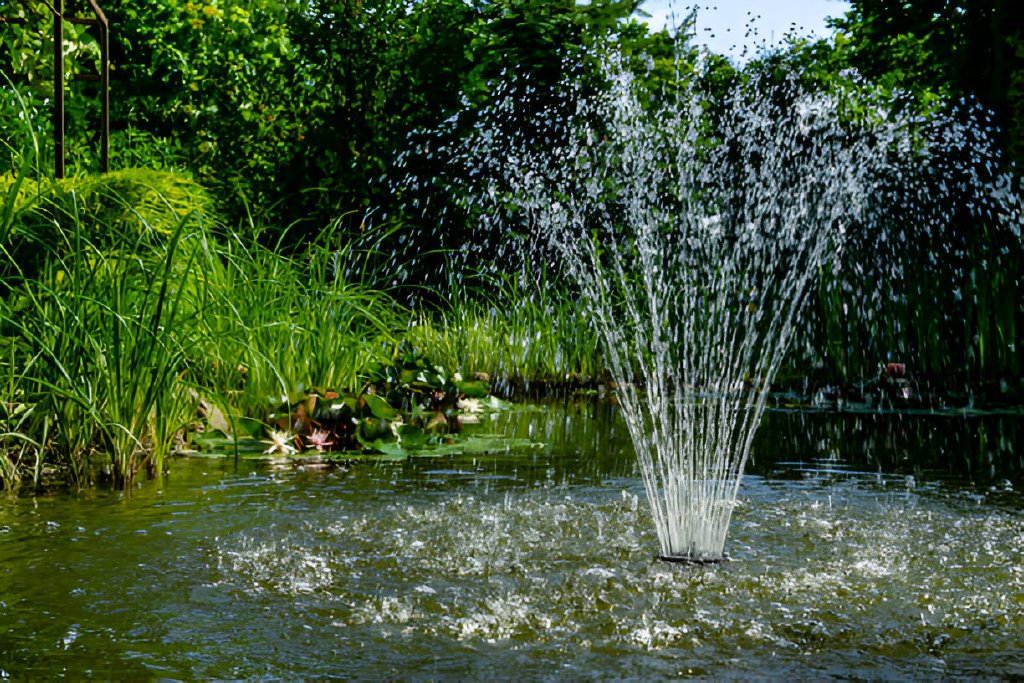
Waterfall Pumps: Power and Drama in One Package
Now, waterfall pumps are the athletes of the water feature world. If you’re dreaming of a waterfall that gushes over rocks, crashing into a pool below with some serious oomph, this is the pump you’re after. These pumps are designed to move a lot of water, and fast.
It’s all about creating that eye-catching waterfall effect, complete with the sound of rushing water that makes you feel like you’ve transported to a natural spring. But with great power comes, well, more complexity.
Key Features of Waterfall Pumps:
- High Flow Rate: These pumps are built to push large volumes of water up and over waterfalls or through streams.
- Head Height Capacity: Waterfall pumps can push water to greater heights, perfect for tiered waterfalls or multi-level water features.
- Larger Intake Capacity: They can handle larger debris, so they’re less likely to clog when powering a waterfall or stream.
When to Use a Waterfall Pump:
- Medium to large ponds (2,000+ gallons)
- Ponds with waterfalls, streams, or significant water movement
- When you want bold, dramatic water flow and sound
Waterfall pumps are the hare in our pump race. They’ll get the water moving fast, making them ideal for creating that dynamic, show-stopping waterfall you’ve always wanted. But they’re not quite as energy-efficient, and they need a little more attention.
Pump Comparison: A Side-by-Side Look
To make things clearer, let’s break down the key differences between pond pumps and waterfall pumps in a table:
| Feature | Pond Pump | Waterfall Pump |
| Flow Rate | Lower, gentle flow | High, powerful flow |
| Energy Usage | Energy-efficient | Higher energy consumption |
| Head Height | Limited, typically for level water | Designed to pump water to higher elevations |
| Noise | Quiet operation | Louder, due to higher flow rate |
| Maintenance | Minimal, needs occasional cleaning | Requires more frequent cleaning |
| Best for | Calm ponds, fish, and plants | Waterfalls, streams, and dramatic features |
Choosing the Right Pump: What’s Your Goal?
Now that we’ve broken down the mechanics, the next step is figuring out what kind of water feature you’re trying to create. Do you want to sit by a serene pond with just the faintest sound of water trickling, or are you looking for something that makes a statement with a gushing waterfall?
Ask Yourself These Questions:
- What kind of water feature do you have (or want)?
Is it a simple pond or a waterfall with multiple levels? Waterfall pumps are best for features where the water needs to be pushed uphill, while pond pumps are for water that stays on the level. - How much water are we talking?
Larger bodies of water require more powerful pumps. Pond pumps are fine for small-to-medium ponds, but if you’re working with something over 2,000 gallons, or adding a waterfall, you’ll need the extra horsepower of a waterfall pump. - Do you have fish or plants?
Pond pumps are better for supporting aquatic life. The gentler flow makes them ideal for fish and plants, which thrive in steady, non-turbulent water. Waterfall pumps can create currents that might be too strong for more delicate pond ecosystems. - How much noise do you want?
If you want peace and quiet, go with a pond pump. Waterfall pumps, while not always loud themselves, create more sound due to the higher water flow and splash from the waterfall. It’s a “more water, more noise” situation.
Energy Efficiency: The Hidden Cost
Here’s where things get tricky. Waterfall pumps, while powerful and exciting, tend to be energy hogs. They’re like that sports car you always wanted – amazing, but not the most practical for your daily commute. If you’re running a waterfall 24/7, you’ll see a noticeable bump in your energy bill.
Pond pumps, on the other hand, are more like that trusty sedan. They’re designed to run all day without guzzling electricity. If you’re budget-conscious and not planning anything too flashy, pond pumps win the energy battle hands down.
Quick Comparison: Energy Use
| Pump Type | Average Wattage | Cost to Run (Monthly) |
| Pond Pump | 30–100 watts | $5–$10 |
| Waterfall Pump | 200–500 watts | $20–$50 |
The Bottom Line: Pick the Right Tool for the Job
At the end of the day, the choice between a pond pump and a waterfall pump comes down to understanding your goals. If you’re all about peaceful vibes, stick with a pond pump – it’ll keep things calm and serene while keeping your energy bill in check. If you’re after drama and spectacle, invest in a waterfall pump and get ready to wow your guests with a showstopper of a water feature.
I’ve learned through trial and error that the pump you choose makes all the difference. It’s the heart of your water feature, and just like with any project, having the right tool for the job is half the battle.
So, whether you’re creating a Zen-like pond or a dynamic waterfall, pick the pump that’s built for the job, and you’ll keep your water flowing smoothly – and beautifully – for years to come.
